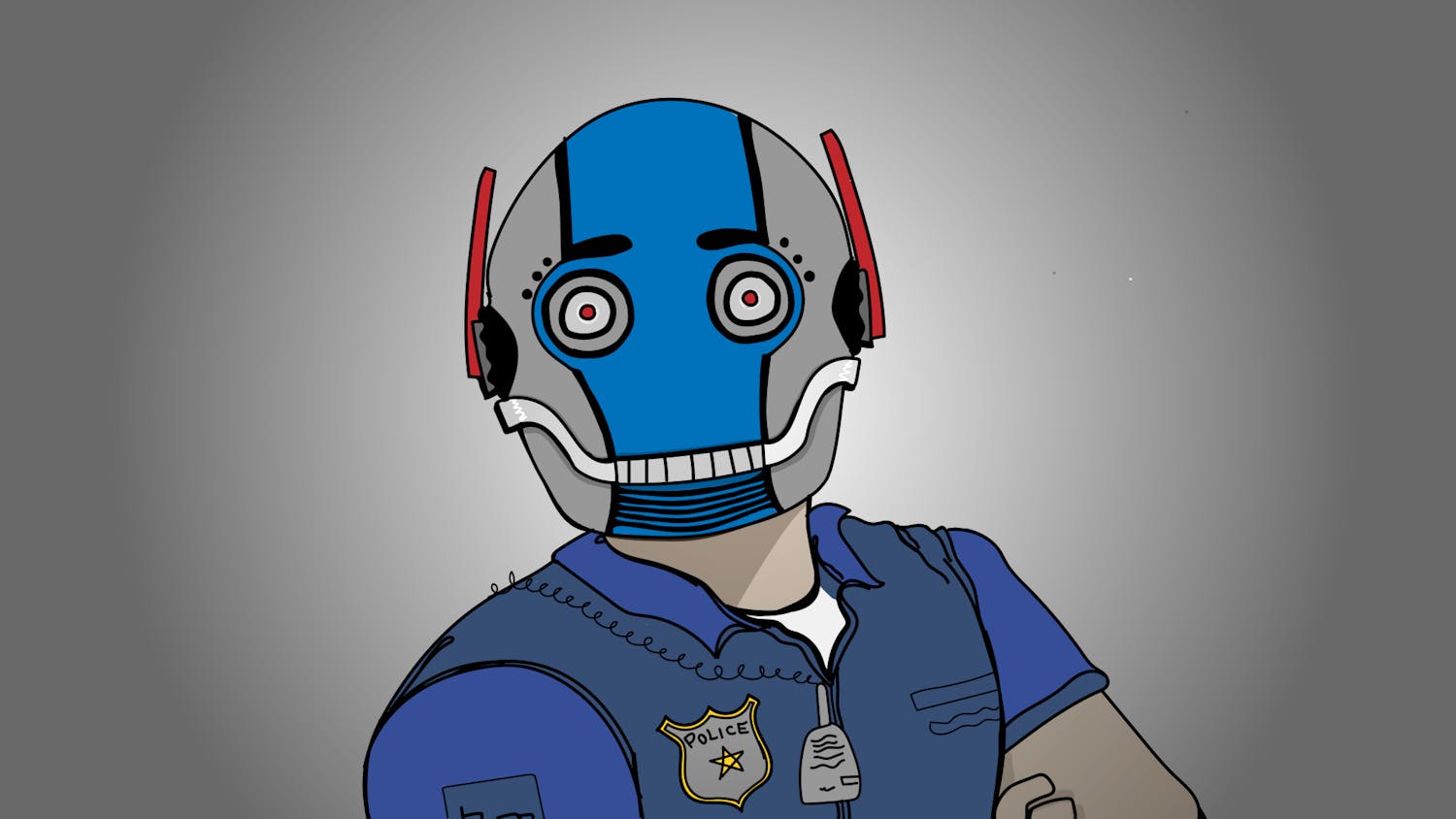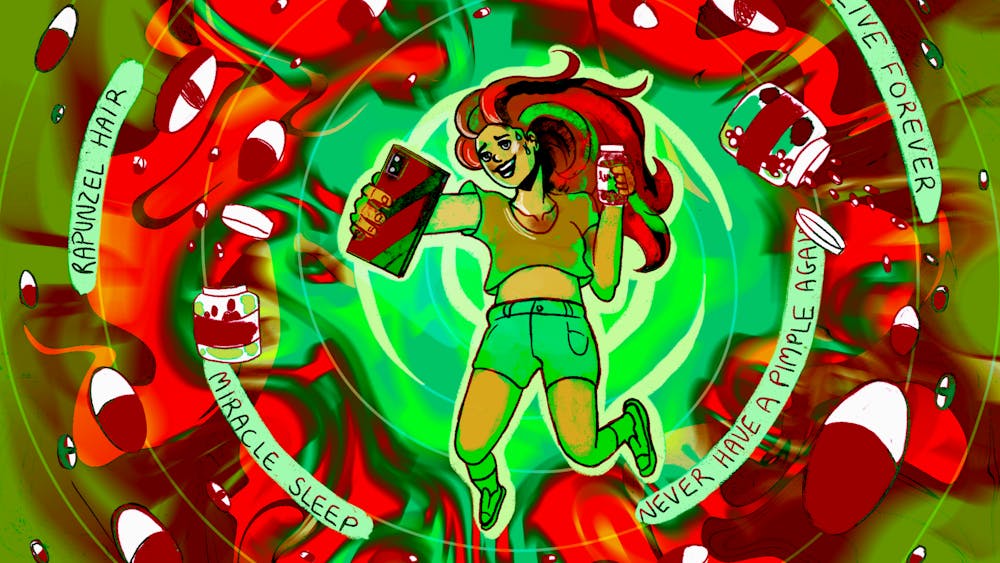Hell is real, or at least it feels like it sometimes, thanks to the crazies who purchased billboards along the entirety of the Midwest’s highways.
Advertisers have long known that road-trippers rolling through several hundred miles of cornfields are so desperate for any visual stimulus that they are particularly susceptible to indoctrination. When it’s not “Hell is real,” it’s “Repent now!” or some other variety of condemnation meant to prey off of travelers’ ennui.
Sadly, this is the reality that many students will have to face on their trip home for the holidays. But are overt fire-and-brimstone ads really the best way to win people over to a cause? What’s the first thing that comes to your mind when you see a giant sign proclaiming that “The end is near”?
Does it make you want to repent and change your sinful ways, or does it just convince you that there’s a massive holdup around the next bend in the road? Beyond their scare factor, or the joy that comes from mocking them, is there any benefit to these eyesores?
Case in point: Somewhere in the middle-of-nowhere Kentucky, there is a stretch of I-65 where you can find a standard “Hell is Real” sign directly across from an “adult superstore.”
While it’s not clear which one preceded the other, when I passed it, I saw a whole lot of trucks stopped at the store, and very few at any of the churches within a good 100 miles of the billboard. As much as it pains me to admit it, even the old men who hand out Bibles around campus may have a better approach than whoever is behind the hellfire billboards. Besides, while Bible distributors are well-meaning, this is clearly not the case with any sign that assumes anyone traveling the interstate system is a godless heathen.
Even billboards that don’t spell out impending doom carry with them a host of problems. Most are hard to read, and attracting the attention of drivers traveling at high speeds is difficult at best.
Even effective attention-grabbers must not be overly catchy since they must comply with the regulations set by the Federal Communications Commission. Once it does get its message across, a billboard must also instruct the (ideally) intrigued driver what to do, in very little space.
Often, this necessity leads to logic at its worst. Consider illiteracy awareness billboards, perhaps the ultimate embodiment of “preaching to the choir.”
The Indy Reads adult literacy program may have been a bit off-base by letting commuters know that “1 in 5 adults can’t read this billboard,” and then displaying their organization’s name and Web site in miniscule font at the bottom of the sign. This design ensures that even those who are literate will not be able to read the billboard.
Maybe hell is real – highway billboards are proof of it.
So, to advertisers, I will issue the following warning: Be careful about what you post on a sign big enough to block out the sun. You run the risk of seeing a column in the IDS making fun of it.
Billboard hell
Get stories like this in your inbox
Subscribe





